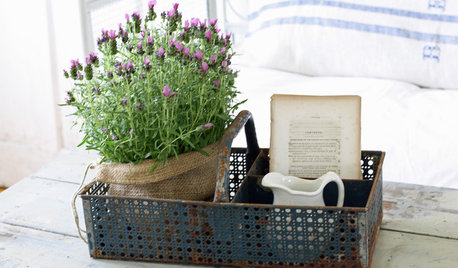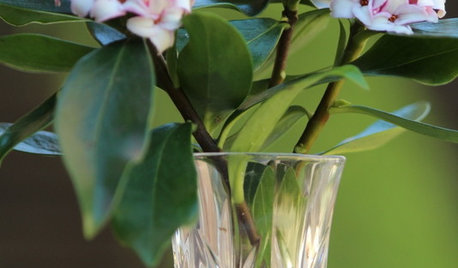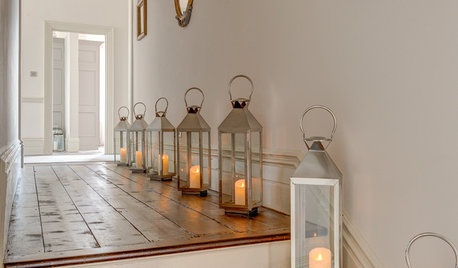Was this the Winter of Death?
deanna in ME Barely zone 6a, more like 5b
11 years ago
Related Stories

DECORATING GUIDESAre Ceiling Fans the Kiss of Death for Design?
Ceiling fans get a bad rap for being clunky and outdated, but these streamlined styles and a bevy of pros beg to differ
Full Story
GARDENING FOR BIRDSFeed the Birds: 6 Plants for Abundant Winter Berries
Be kind to your fair feathered friends during lean food times by planting a shrub or tree loaded with nutritious snacks
Full Story
HOUSEPLANTSOutsmart Winter — Make Houseplants of Your Garden Growers
No need to watch Jack Frost play Wreck the Rosemary. Bring your garden inside for the winter, using containers and these guidelines
Full Story
GARDENING GUIDESGarden Myths to Debunk as You Dig This Fall and Rest Over Winter
Termites hate wood mulch, don’t amend soil for trees, avoid gravel in planters — and more nuggets of garden wisdom
Full Story
GARDENING GUIDESGreat Design Plant: Winter Daphne
Perfume your garden or home with the tiny pink flowers of this treasured shrub — it's a diva, but the effort is worth it
Full Story
LIGHTINGWelcome the Winter With Mood-Enhancing Lights
Relish the prospect of darker evenings with statement lighting to illuminate and inspire
Full Story
GARDENING AND LANDSCAPINGTake a Winter Walk on the Safe Side
Learn how to handle snow, ice and other cold-weather landscape factors to minimize falls and damage
Full Story
PINKThe Pink Link — Learn the Secrets of a Decorating Darling
Is it the kiss of death for masculine rooms? Can it soothe a psyche? Discover the history and theories behind this delightful color
Full Story
HOUSEPLANTS8 Essentials for Healthy Indoor Plants
Houseplants add so much to our homes — and can thrive when grown in the right conditions. Keep these tips in mind
Full Story
GARDENING GUIDESGot Frost-Damaged Plants? How It Happens, and When and How to Prune
Crispy brown leaves are a sure sign that Jack Frost has been to your neighborhood
Full Story






defrost49
ctlady_gw
Related Professionals
Ashburn Landscape Architects & Landscape Designers · Darien Landscape Contractors · Fairview Landscape Contractors · Fountain Valley Landscape Contractors · Hayward Landscape Contractors · Natick Landscape Contractors · Salem Landscape Contractors · Setauket-East Setauket Landscape Contractors · Stony Brook Landscape Contractors · Baileys Crossroads Landscape Contractors · York Decks, Patios & Outdoor Enclosures · Arbutus Decks, Patios & Outdoor Enclosures · Foothill Farms Decks, Patios & Outdoor Enclosures · Myrtle Beach Decks, Patios & Outdoor Enclosures · San Antonio Decks, Patios & Outdoor Enclosurespixie_lou
NHBabs z4b-5a NH
prairiemoon2 z6b MA
pixie_lou
deanna in ME Barely zone 6a, more like 5bOriginal Author
bill_ri_z6b
gardenweed_z6a
deanna in ME Barely zone 6a, more like 5bOriginal Author
defrost49